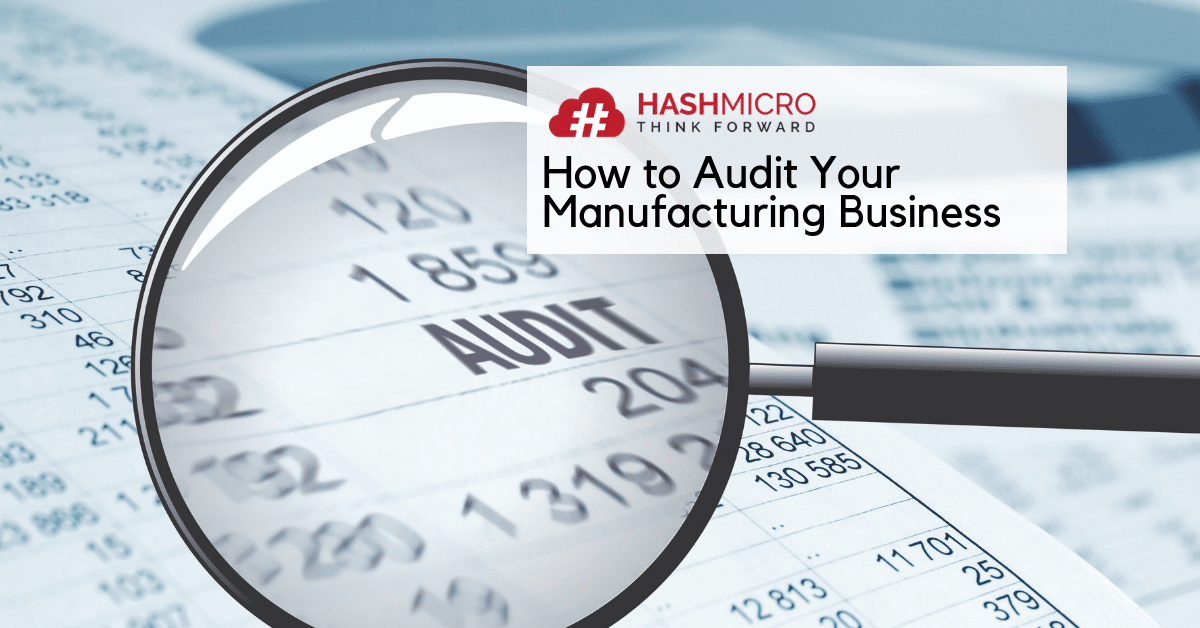Auditing financial statements involves examining them to accurately reflect a company’s financial position. This process is crucial for verifying that the financial statements provide a true and fair view in all material respects.
Simply generating financial statements is insufficient, as they may contain missing data or miscalculations. Audits are conducted to ensure accuracy and reliability in these financial documents, safeguarding against errors.
In manufacturing companies, the audit process is similar to other businesses but focuses heavily on inventory balances. This emphasis is due to inventory’s significant role in a manufacturing company’s financial health.
For enhanced accuracy and efficiency, consider HashMicro Accounting Software, which offers automated reporting, real-time tracking, and error reduction features. These capabilities streamline financial management, ensuring precise audits and informed decision-making.
Key Takeaways
|
Inventory Observation
During the initial stage of the audit process, auditors must observe and physically calculate the company’s inventory. Therefore, the company needs to perform this procedure to avoid accounting fraud arising from falsifying inventory records.
You need inventory management software that helps you meet demand with optimal inventory levels, monitor stock transfers, estimate inventory requirements, and optimize stock management.
When auditors observe the inventory, they will use techniques referred to as “floor-to-sheet” and “sheet-to-floor”.
Floor-to-sheet is a technique used when the auditor selects items from the warehouse and ensures that all the items selected are included in the record, and a sheet-to-floor is when the auditor selects items that have been recorded and ensures that they are physically in the warehouse.
Price Testing
Firstly, the inventory balance in the manufacturing company’s financial statements is a function of the amount and value of inventory held by the company. After conducting an inventory observation that focuses more on the quantity of inventory, the auditor must then test the costs of the company’s inventory.
In general, inventory costs included in the financial statements are lower than the actual costs. The price testing is company carry to verify the costs incurred for materials, labor, and operating costs involved in the production process and inventory management.
To conduct the price testing, the auditor must select items from the company’s inventory and then verify (through analysis of original documentation such as invoices) that the costs are accurately recorded in the company’s financial statements.
Related article: What is Manufacturing Software & How It Can Help Your Business Grow?
Result Analysis

After conducting the inventory observation and price testing, the auditor must then analyze the results. From there, they can find out whether there are errors in the company’s financial statements or losses that have been experienced by the company.
If your manufacturing business is big, then an auditor is not enough. A team of several auditors is required to conduct an audit. Because, the bigger the company, the greater the risk of financial irregularities.
Before making conclusions, each auditor must match their results with the results of other auditors. If they find the same errors, then that means the company’s financial statements are not accurate. After that, they will have to perform a deeper examination.
Lastly, with accounting software, you no longer need to check your financial statements by involving several auditors. A good accounting system is one that a company can integrate with other systems, such as an inventory management system. With this integration, you will be able to compare your inventory quantities to their costs through a single system.
Evaluation of the Audit Evidence
After the analysis process is complete, then the auditor must make an evaluation report of all audit activities carried out. The report must be submitted to the party who appointed them to carry out the audit.
In this report, the auditor must also provide advice and recommendations that help improve the company’s financial management.
Related article: 6 Sales Lead Generation Tips for Manufacturers
Conclusion
The audit process helps you understand your company’s financial condition more precisely. This can also help you prevent fraud caused by certain people who want to harm your business. This famously complex audit process can be simplified and streamlined with HashMicro’s Accounting Software.
With automation features such as a financial dashboard, cash flow forecasting, and analytical reporting. Then it can facilitate the work that has been done with an automatic system. Contact us for more detailed information about our accounting software.
Get started today – Try the free demo for yourself now!


































